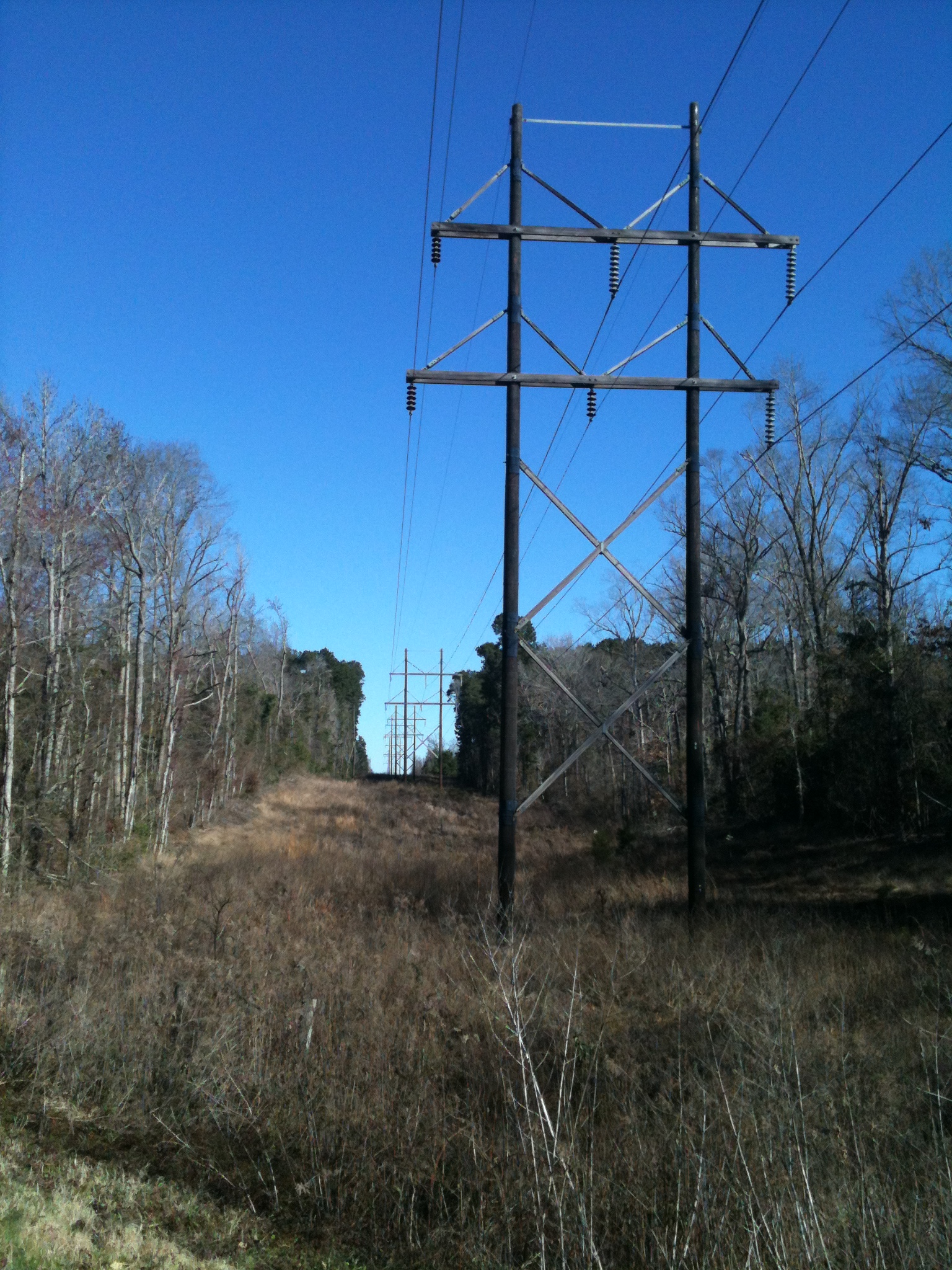- Standard Transmission Noise
- Standard Transmission Cars
- Standard Transmission Suv
- Standard Transmission Vehicle
Step by step guide on how an automotive standard (manual) transmission works, this information pertains to most standard transmission equipped vehicles.
Step 1 - The standard transmission is the most basic transmission in the automotive industry and is controlled by the driver through the use of a gear selector and a clutch assembly, which enables the engine to become disconnected from the engine.
ONLINE TRANSMISSION PARTS is a premier supplier of Transmissions, Transmission Parts and Transmission Overhaul Kits for automotive truck and industrial applications, both domestic and import. With an inventory of over 1,000 Transmissions and a 40,000 square foot parts warehouse and rebuilding facility in Portland, Oregon, we are one of the. West Coast Standards is your #1 source for standard transmission and transfer case parts. With our extensive inventory you can be sure you will receive the quality parts you can depend on and the excellenct customer service and knowledgeable sales support you deserve. All Star Standard Transmission provide personalized service at affordable rates. If there’s anything else we can do to make your experience any better, just ask.
Standard Transmission Gear Selector

Step 2 - To start the activation of the transmission which moves the vehicle forward or backward, start with the transmission in neutral, apply one foot on the brake pedal and depress the clutch and start the engine, then select either first or reverse. While the clutch pedal is depressed transfer the foot from the brake pedal and slightly press the accelerator to raise engine speed while simultaneously decreasing clutch pedal pressure allowing the pedal to rise, at this point the vehicle will start to move. This operation takes some practice, for a beginner try this, once the clutch pedal is allowed to rise by releasing foot pressure, the car will start to move, push the pedal back down and the car will coast while disengaging the engine, continue this process until comfortable with the clutch operation. As the car gains speed in first gear, depress the clutch again and transfer the gear selector to the next gear and release the clutch pedal and so on. (Note: When the vehicle is at a stop, the transmission must be in neutral or the clutch pedal depressed or the engine will stall shaking the car.)
Clutch Pedal
Step 3 - The clutch consists of a pressure plate and disc that is mounted on the engine flywheel which is used by the starter when the engine is being cranked over (started.)
Clutch On Rear of Engine ( Transmission Removed - Under View )
Step 4 - The transmission is bolted to the rear of the engine using a rear mount and bracket to secure the unit while in operation.

Standard Transmission Installed - (Rear Mount Removed)
Step 5 - Inside the transmission is a series of gears, bearings, shafts and synchros which are used at various times during the transmission's operation. These components are lubricated by transmission fluid located inside the case. Most transmissions contain three shafts: input, output and counter or lay shaft in which the gears and bearings reside.
Standard Transmission Cutaway

Step 6 - A U joint is used to couple the transmission to the driveshaft which is connected to the differential, this connector can become worn causing a vibration or clicking noise.

Standard Transmission Noise

Standard Transmission Cars
U Joint
Standard Transmission Suv
Helpful Information
Standard Transmission Vehicle
Syncros are designed to slow gears to a stop before they are engaged to avoid gear grinding, when these syncros wear the gear remains spinning which produces a grinding sound. Gear quantity and ratios are designed into a particular transmission to perform a specific task. A gear selector can be referred to as a shifter, or gear shift. Standard transmissions are more efficient, stronger and less expensive to produce than its automatic counterpart.
